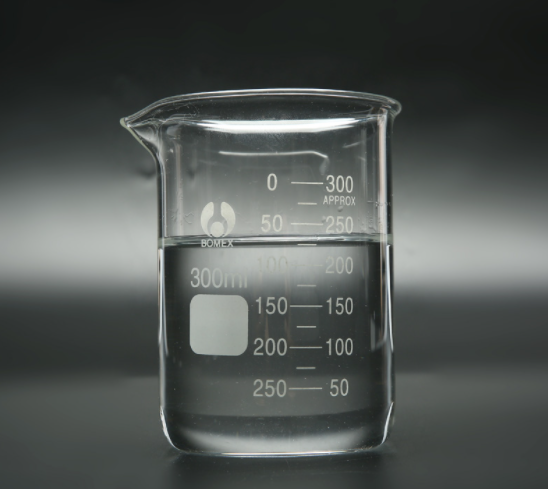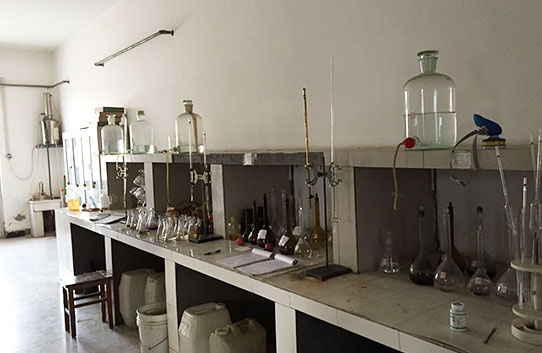When you hear the word "formaldehyde", what do you think of? Do you think of the human body, trees, fruits, vegetables and meat? Did you know that formaldehyde is naturally present in all of these things? In fact, formaldehyde is produced naturally in the human body through a variety of normal metabolic functions.
Formaldehyde is also used in the production of hundreds of items and plays an important role in everyday life. Not only is the production of formaldehyde critical to human metabolism, but it is also used as part of the manufacturing process for many of the materials we often rely on. Plywood, medical devices and seat belt buckles, for example, contain little or no formaldehyde in the final product.

Formaldehyde (HCHO) is commonly found in a variety of environments, including indoor and outdoor air. Although formaldehyde (HCHO) is ubiquitous, the full effects of exposure to small amounts of formaldehyde (HCHO) are still unknown. What exactly is formaldehyde and how can its health risks be reduced?
1. Formaldehyde is a naturally occurring organic compound with the molecular formula CH2O, H2CO or HCHO.
2. Formaldehyde (HCHO) is a colorless, flammable, and strong-smelling gas.
3. Formaldehyde is everywhere. Industrial emissions, traffic, cooking, smoking and building materials are sources of HCHO. Many everyday products, such as cosmetics, furniture, paper products and cleaning agents, contain formaldehyde.
4. High levels of formaldehyde are often found in new or newly constructed homes. Treated wood, insulation, carpets, paints, glues and cabinets all contain volatile organic compounds (VOCs) that evaporate or are emitted into the air.
5. Formaldehyde is also an important emission from biofuel use.
6. Formaldehyde exposure is of particular concern to sensitive populations, such as children, the elderly, pregnant women and people with respiratory problems. If you are more sensitive to formaldehyde and have been exposed for a longer period of time, you are more likely to develop symptoms of formaldehyde allergy.
7. As a toxic and volatile compound, formaldehyde exposure can cause sore throats, coughs, nausea, eye irritation, nosebleeds, asthma attacks and even cancer.
8. To avoid formaldehyde exposure, pay attention to ventilation, wash new items, ventilate new products, choose home products with low formaldehyde content, don't smoke in the house, and control the temperature in the house - overheating may even make formaldehyde levels rise.
9. It takes about two years for formaldehyde to be reduced from products.
10. To avoid formaldehyde allergies and serious health effects of formaldehyde, it is recommended to measure formaldehyde levels, especially if you can smell strong chemical odors or experience any symptoms, such as difficulty breathing in your home.

Products produced from formaldehyde include urea-formaldehyde resins, melamine resins, phenolic resins, paraformaldehyde plastics, 1,4-butanediol and methylene diphenyl diisocyanate. The textile industry uses formaldehyde resins as finishing agents to make fabrics wrinkle resistant.
When treated with phenol, urea or melamine, formaldehyde produces hard thermosetting phenolic resins, urea formaldehyde resins and melamine resins, respectively. These polymers are commonly used as permanent adhesives in plywood and carpets. They are used as wet strength resins added to tissue paper products such as facial tissue, napkins, and roll towels. They can also be foamed to make insulation, or cast into molded products.
Formaldehyde is also a precursor to polyfunctional alcohols, such as pentaerythritol, which is used in the manufacture of paints and explosives.
Aqueous solutions of formaldehyde are used as disinfectants and biocides, to preserve or fix tissues or cells, as tissue fixatives and as preservatives.
XINLONGWEI focuses on Liquid Hazard Chemicals and being one of the largest manufacturer and exporter of Hydrochloric Acid,Sulfuric Acid,Nitric Acid,Hydrogen Peroxide,Caustic Soda Liquid and Lead Nitrate in North China. Please click the button to get in touch with us.